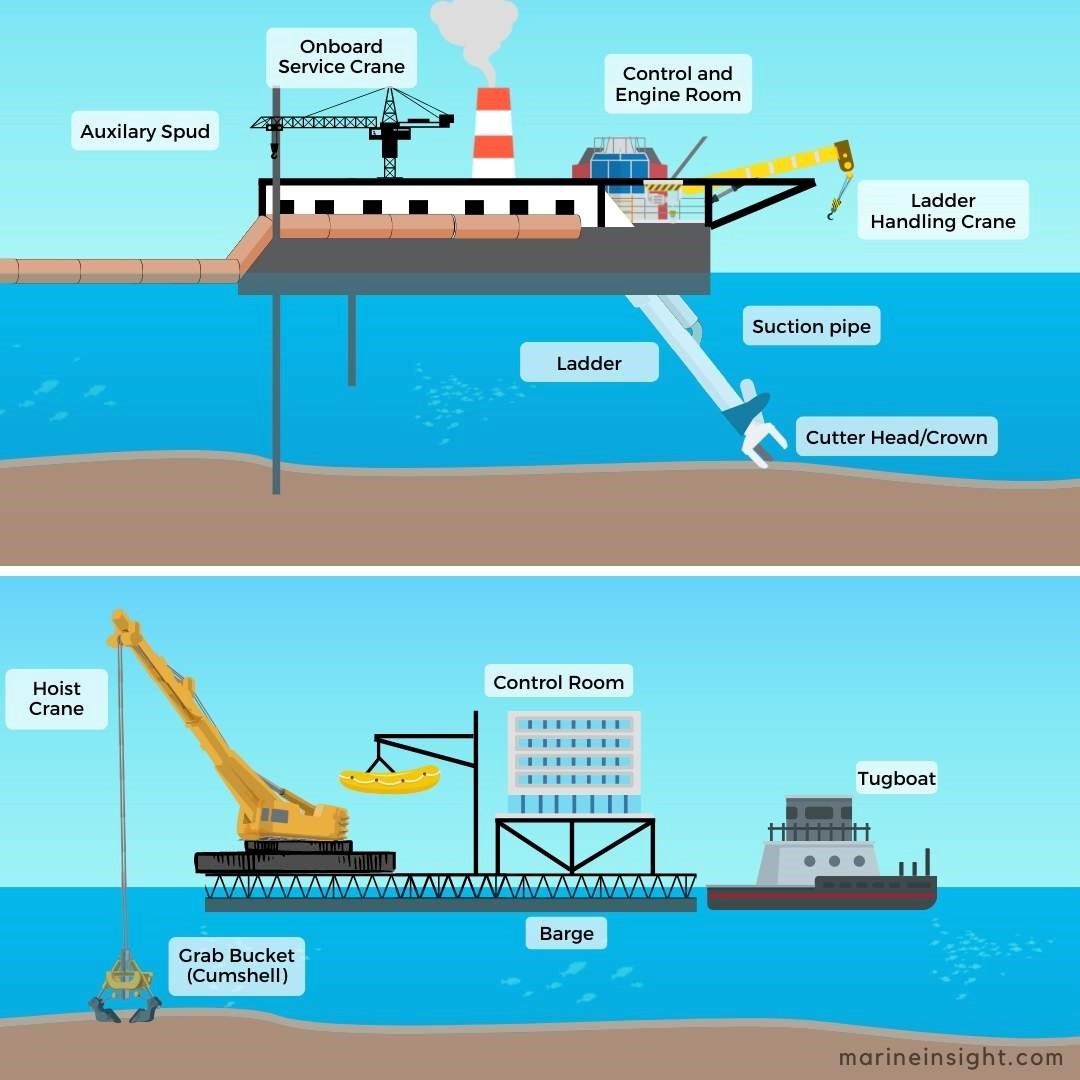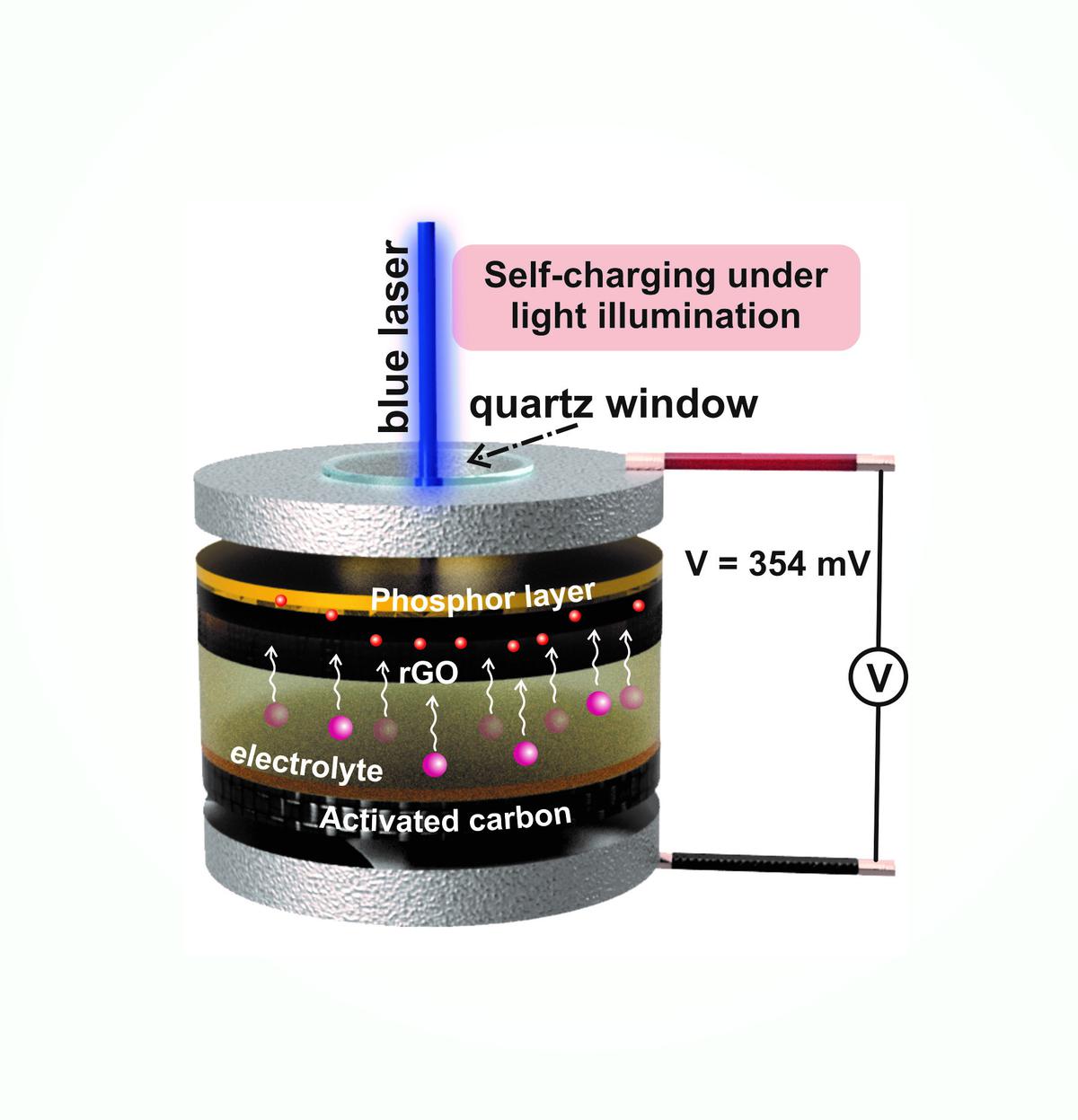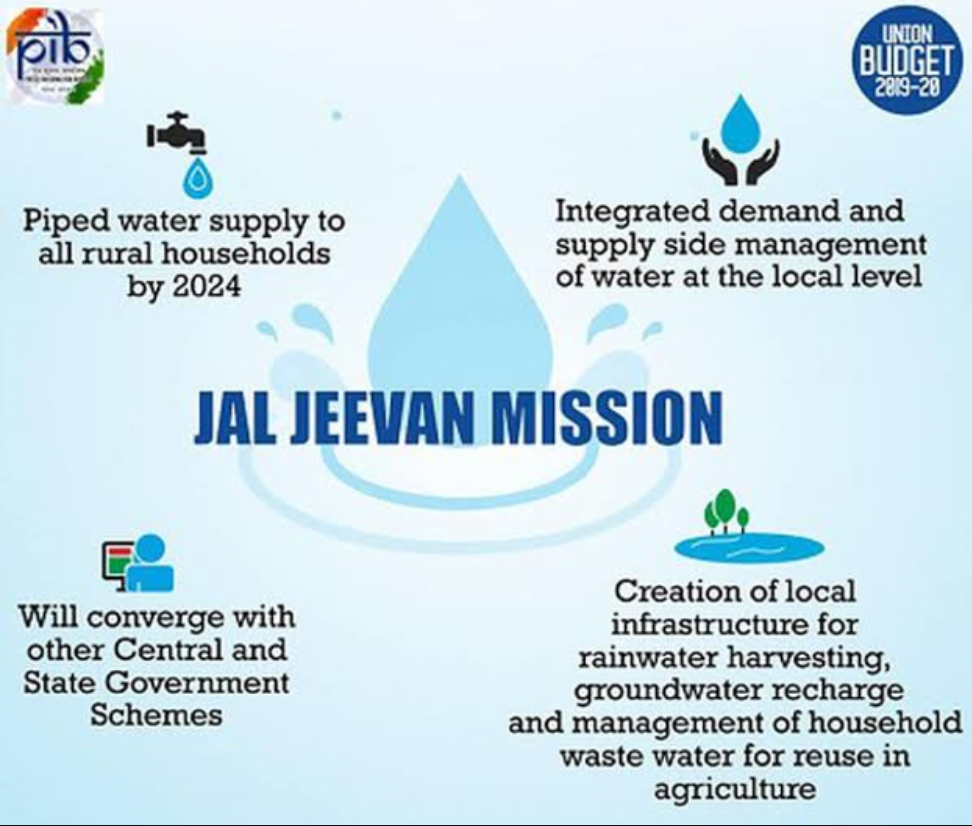Sagar Samriddhi
Union Minister launched ‘SAGAR SAMRIDDHI’ to bring transparency & efficiency.
- Sagar Samriddhi is an Online Dredging Monitoring System to bring transparency & efficiency.
- Aim – To carry out dredging to accelerate ‘Waste to Wealth’ campaign of Ministry of Ports, Shipping and Waterways (MoPSW).
- Dredging - Dredging is the removal of sediments and debris from the bottom of lakes, rivers, harbors, and other water bodies.

- It is developed by National Technology Centre for Ports, Waterways and Coasts (NTCPWC) the technological arm of MoPSW.
- Ministry - Ministry of Ports, Shipping and Waterways (MoPSW).
- The new technology brings in marked improvement against the old system of Draft & Loading Monitor (DLM) system.
- To address the objective of carrying out dredging, the MoPSW issued ‘Dredging Guidelines for Major Ports’ in 2021.
Waste to wealth is a mission by the government to identify, develop and deploy technologies to treat waste to generate energy, recycle materials and extract worth.
National Technology Centre for Ports, Waterways and Coasts (NTCPWC)
- It was established under the Sagarmala Programme of MoPSW.
- Aim - To enable research & development for the marine sector, enabling solutions towards achieving the ultimate goal of building a robust marine industry in the country.
- It functions as the technological arm of the Ministry of Shipping and provides scientific support to ports, IWAI, and other institutions.
- This state-of-the-art centre has world class capabilities for undertaking the 2D & 3D investigations of research and consultancy nature for the Port, Coastal, and Waterways sector.
Reference
PIB | Sagar Samriddhi
Default Loss Guarantee (DLG)
The Reserve Bank of India (RBI) has allowed default loss guarantee (DLG), a safety-net arrangement in the digital lending space.
- DLG is also known as First Loss Default Guarantee (FLDG).
- It is an arrangement whereby a third party such as a financial technology (fintech) player, also known as Lending service providers (LSP), compensates lenders if the borrower defaults.
Lending service providers (LSP)
- LSPs are new-age players who use technology platforms in the lending space.
- They are agents of a bank or NBFC who carry out one or more of a lender’s functions (in part or full).
- They perform in customer acquisition, underwriting support, pricing support, disbursement, servicing, monitoring, recovery of specific loan or loan portfolio on behalf of Regulated Entities (RE).
- The LSP provides certain credit enhancement features such as first loss guarantee up to a pre-decided percentage of loans generated by it.
- For all practical purposes, credit risk is borne by the LSP without having to maintain any regulatory capital.
Recent Notification of RBI
- The RBI, after examining FLDG, permitted the arrangements between banks and fintechs or between two regulated entities (REs).
- The central bank said an RE can enter into DLG arrangements only with an LSP or other REs with which it has entered into an outsourcing (LSP) arrangement.
- The LSP-providing DLG must be incorporated as a company under the Companies Act, 2013.
- The RBI has allowed banks to accept DLG in digital lending only
- if the guarantee is in the form of a cash deposit, or fixed deposits in a bank with a lien in favour of the RE, or
- a bank guarantee in favour of the RE.
- Banks and NBFCs should ensure that the total amount of DLG cover on any outstanding portfolio does not exceed 5% of the amount of that loan portfolio.
Reference
Indian Express | RBI permits loan default guarantee in digital lending
Light-powered Supercapacitors
A group of researchers from India and South Korea have developed a portable supercapacitor that can be charged using light.
Supercapacitor
- Supercapacitors are a type of an electrochemical energy storage systems which have great power density and specific capacitance.
- Supercapacitor differs from ultracapacitor as they are built from different materials and structured in slightly different ways, so they store different amounts of energy.
- A supercapacitor device consists of an electrode, electrolyte and a current collector.
- A capacitor stores energy by means of a static charge as opposed to an electrochemical reaction.
- Applying a voltage differential on the positive and negative plates charges the capacitor.
- They present lower energy densities (they store less energy per unit mass) than batteries.
- Applications - Portable and wearable devices such as smartphones, tablets, laptops and smartwatches.
- Advantages of Supercapacitors
- Quick charging and discharging
- Exhibit long life since they are not subject to chemical degradation as in conventional batteries
- Greater power density (can release energy more quickly)
- Smaller in size
- Provides back-up power during power outages in space applications
- Have little or no internal resistance (they store and release energy without using much energy)
- Work at very close to 100% efficiency (97–98% is typical)
Light-powered Supercapacitors
- The researchers developed a design involving a stainless steel electrode with a quartz transparent window in order to harvest visible light.
- A specially prepared ‘down-conversion’ phosphor is introduced before the quartz window to facilitate light-induced charging.
- Devices that are powered by such supercapacitors can be charged by simply keeping them under light.

Reference
The Hindu | Light-powered supercapacitors
WHO Report on Potable Water
A modelling study has been made by the World Health Organization (WHO) on piped potable water across India.
- WHO report says that piped potable water would succeed in preventing close to 4,00,000 deaths from diarrhea.
- Additionally, this would avoid 14 million DALYS (Disability Adjusted Life Years) from diarrhea and save close to $101 billion.
- One DALY represents the loss of the equivalent of one year of full health.
- DALYs for a disease or health condition are the sum of the years of life lost to due to premature mortality and the years lived with a disability due to disease or health condition in a population.
Jal Jeevan Mission
- Launch year - 15th August 2019.
- Ministry – Ministry of Jal Shakti.
- Aim - To provide Functional Household Tap Connection to every rural household i.e., Har Ghar Nal Se Jal by 2024.
A fully functional tap water connection is defined as a household getting at least 55 litres of per capita per day of potable water all through the year.
- It will be based on a community approach to water and will include extensive Information, Education and communication as a key component of the mission.
- Currently 5 states (Gujarat, Telangana, Goa, Haryana, and Punjab) and 3 Union Territories (Andaman & Nicobar Islands, Daman Diu & Dadra Nagar Haveli and Puducherry) have reported 100% coverage.
- National Rural Drinking Water Programme (NRDWP), a centrally sponsored scheme has been restructured and subsumed into Jal Jeevan Mission.
- Water is the State subject. Thus, the implementation must be done through the States.
Currently about 12.3 crore rural households, or 62%, have piped water connections up from 3.2 crore or about 16.6% from 2019 when the scheme was launched.

Reference
The Hindu | WHO Report on Potable piped water
Tobacco Cultivation
Farmers’ body questions WHO recommendations on substituting tobacco cultivation with alternative crops.
- Nicotiana tabacum and N. rustica are the two commonly cultivated for producing commercial tobacco.
- Origin - The primary centre of origin of N. tabacum is South America and that of N. rustica is Peru.
- In India, it is introduced by the Portuguese in the 17th century.
- Area and production - N. tabacum is widely cultivated in most countries of the world while N. rustica is restricted to India, Russia and few other Asiatic countries.
- Top production and productivity in India – Gujarat.
- Other producers - Andhra Pradesh followed by Gujarat, Karnataka, UP, Bihar, etc.
- Climate - Mean temperature - 20° to 27°C.
- Rainfall - Not exceeding 1200 mm during the season.
- It is tropical in origin but successfully grown in temperate also.
- It is sensitive waterlogging.
- Curing - It is a carefully controlled process used to achieve the texture, colour and overall quality of a specific tobacco type.
- Types of Curing - Flue-cured Tobacco, Air-cured Tobacco, Fire-cured Tobacco, Sun-cured Tobacco.
China is the largest tobacco producer in the world followed by India.
Tobacco Board
- It was constituted as a statutory body under the Tobacco Board Act, 1975.
- Headquarters - Guntur, Andhra Pradesh.
- Ministry – Ministry of Commerce and Industry.
The WHO Framework Convention on Tobacco Control (FCTC)
- It is the first global public health treaty on tobacco.
- It is an evidence-based treaty that reaffirms the right of all people to the highest standard of health.
- India is a party to the convention.
Reference
The Hindu Businessline | WHO recommended tobacco cultivation


